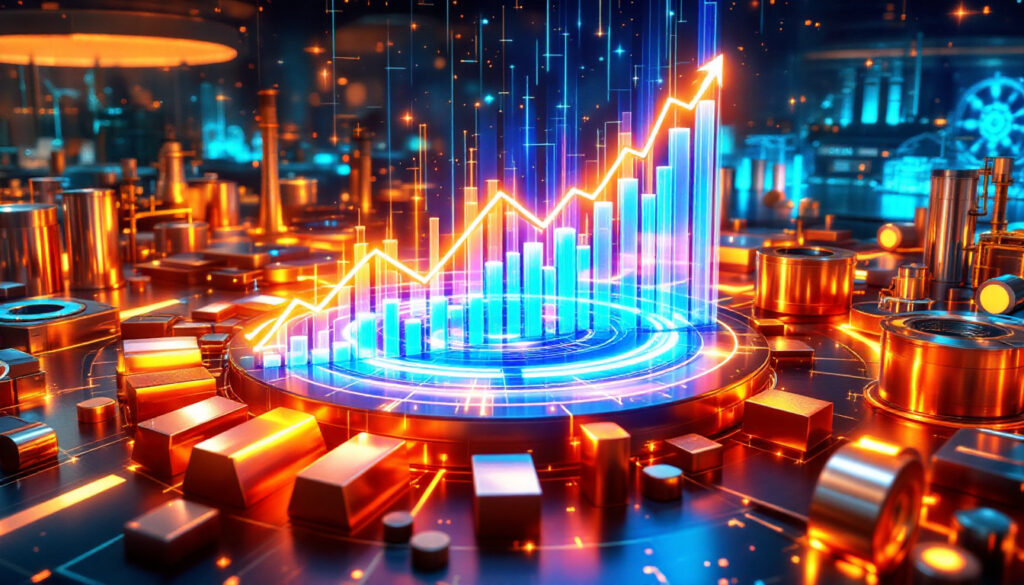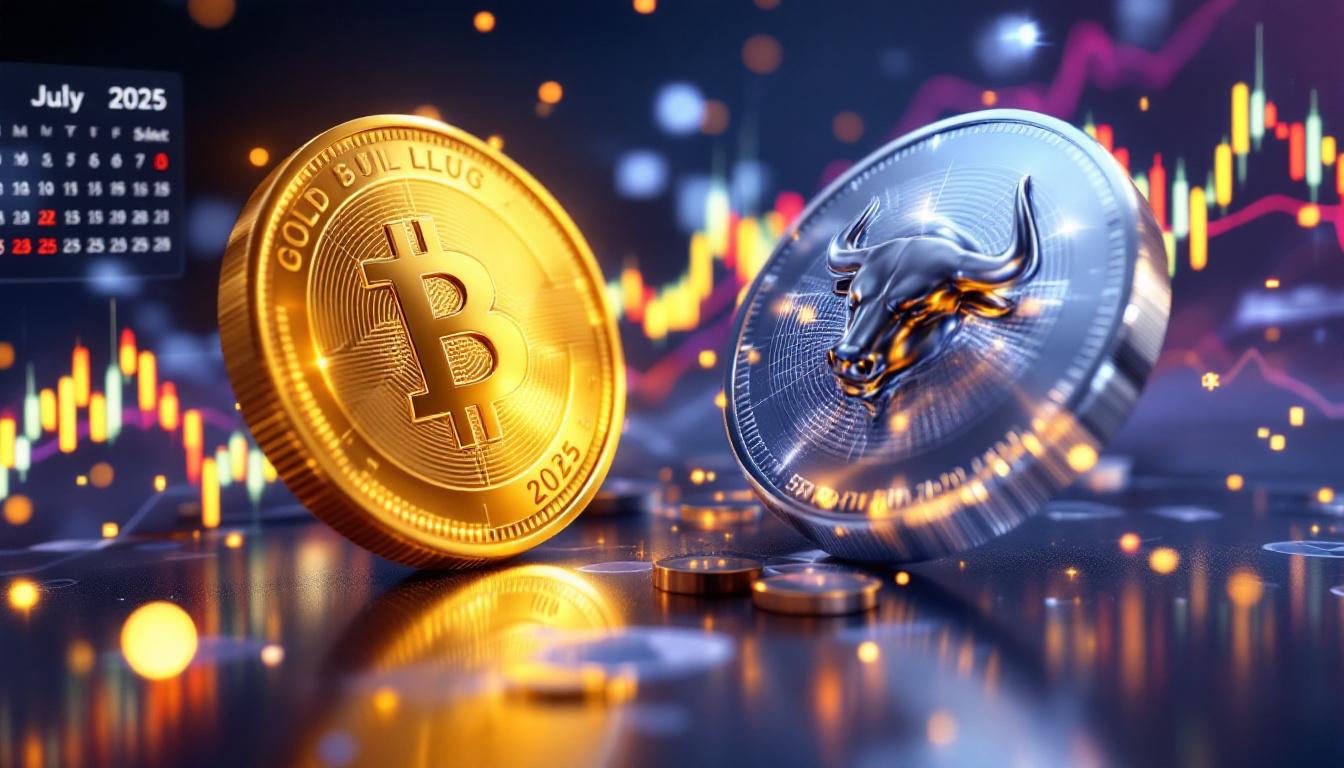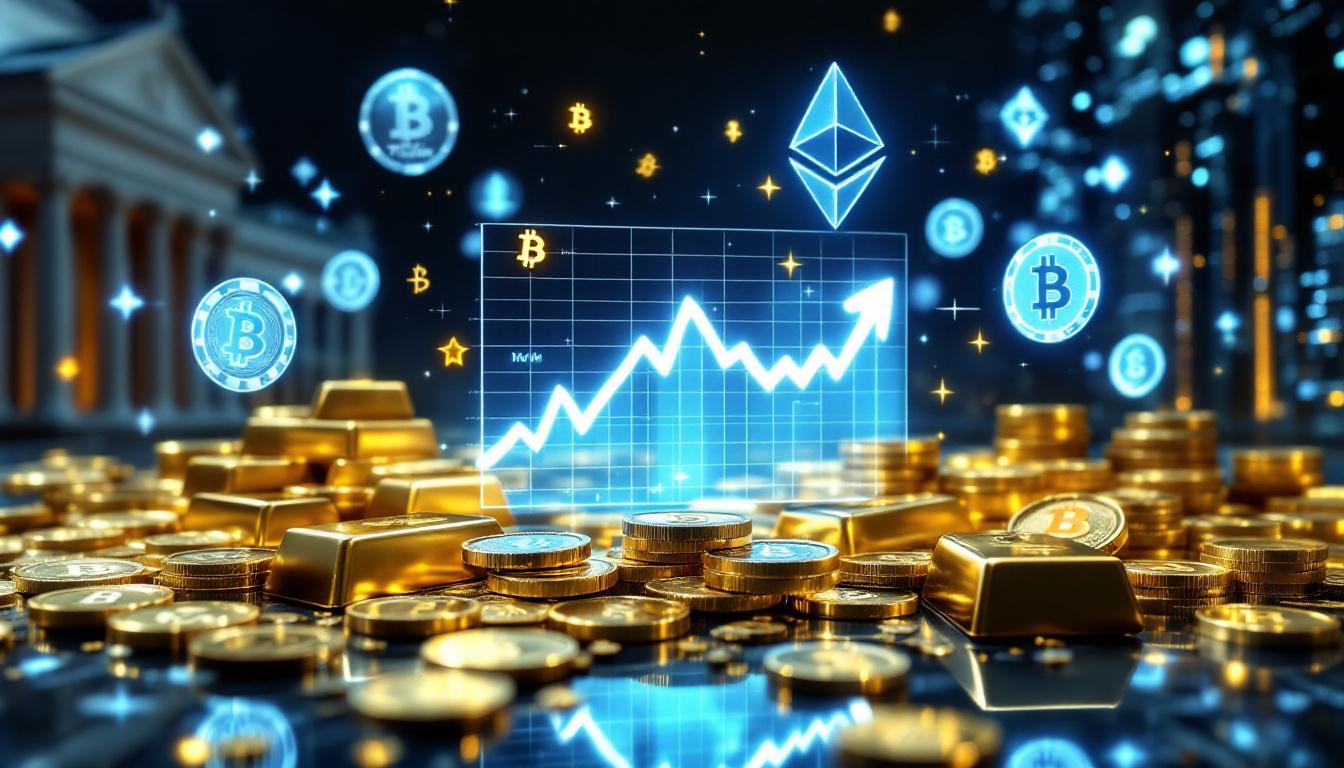LME First-Quarter Volumes Jump: Analysis of 2025 Trading Activity
The London Metal Exchange (LME) has recorded an impressive 5.9% increase in average daily trading volumes during Q1 2025, with 698,209 lots traded daily on average. This performance marks the second highest quarterly level in the past 11 years, signaling robust market activity despite ongoing global economic uncertainties.
Metal-specific performances varied significantly across the board. Nickel emerged as the standout performer with volumes surging by 28% in Q1, while tin trading jumped 22% in the same period. Copper gained a solid 10.6%, marking its second strongest quarter since Q2 2016. However, not all metals shared in the uptrend, with lead being the only metal showing declining volumes, down 2.8%. Aluminum displayed modest growth of 1.2%.
What Are the Latest Trading Volume Trends at the LME?
The LME's Q1 2025 performance demonstrates significant momentum in metal trading activities. The 5.9% increase to 698,209 lots traded daily represents not just a quarterly improvement but positions this period as one of the strongest in over a decade of exchange operations.
Industry analyst Eric Strohmeyer notes, "The LME's Q1 volumes reflect not just cyclical recovery but structural growth in industrial metals demand driven by energy transition technologies and infrastructure development programs across major economies."
Breaking down performance by metal reveals interesting patterns:
-
Nickel's 28% volume surge has been particularly noteworthy, fueled by intensifying demand from electric vehicle battery manufacturers and growing concerns about supply constraints from major producers in Indonesia and the Philippines.
-
Tin's impressive 22% jump reflects the ongoing semiconductor shortage and electronics industry expansion, with particular strength in advanced packaging applications where tin solders remain irreplaceable.
-
Copper's 10.6% gain highlights its critical role in global electrification efforts, with forecast insights on copper market dynamics for 2025 suggesting continued strong performance.
-
Lead's 2.8% decline suggests a continuing shift away from traditional lead-acid batteries in favor of lithium-ion alternatives, though the metal retains significant market share in industrial applications.
-
Aluminum's modest 1.2% growth masks significant price volatility during the quarter, as traders balanced high energy costs affecting production against uncertain automotive and construction demand.
How Does the Q1 2025 Performance Compare to Historical Data?
Historical Context of LME Trading Volumes
When examining the LME's Q1 2025 performance through a historical lens, the significance becomes even more apparent. Current volumes represent the second highest quarterly level in 11 years, demonstrating the exchange's resilience and growing relevance in global commodities market insights and investment opportunities.
Copper's Q1 performance stands as the second strongest since Q2 2016, a period that marked the beginning of the previous sustained bull market in industrial metals. This parallel has not escaped the attention of veteran market participants, who see similar underlying fundamentals at play.
Dr. Helena Vestergaard, metals strategist at Global Commodity Analytics, explains: "What we're witnessing isn't just a temporary spike but rather a fundamental realignment of metal trading patterns. The last time we saw this level of sustained volume growth was during the post-2016 industrial recovery, but today's drivers are more diverse and potentially more durable."
Trading activity shows a clear recovery and growth trajectory when viewed against the pandemic-affected years of 2020-2022, with quarterly volume growth averaging 3.4% since mid-2023.
Metal-Specific Performance Trends
The divergent performance across different metals reveals important sectoral trends within industrial commodities:
Nickel leads the growth statistics with its 28% volume increase. This performance is particularly noteworthy considering the market's recovery from the unprecedented short squeeze of March 2022, which had temporarily damaged market confidence. The current volume surge suggests those concerns have fully dissipated as trading participants have adapted to the exchange's new safeguards.
Tin's strong 22% growth contradicts earlier predictions that its relatively small market would limit trading interest. Instead, tin has benefited from its critical role in electronics manufacturing and the ongoing supply constraints from major producers in Myanmar and Indonesia.
Copper maintains its position as the LME's benchmark metal with 10.6% growth. Industry insiders note that copper's trading patterns increasingly influence algorithmic trading strategies across other metals, creating ripple effects throughout the exchange.
Lead's 2.8% decline stands in stark contrast to the broader trend, reflecting structural challenges as battery technologies evolve. However, some analysts see value opportunity in this counter-trend performance.
What Factors Are Driving LME's Volume Growth?
Market Participation Expansion
LME CEO Matthew Chamberlain attributes the impressive growth to "an ever-widening set of participants engaging with our markets," highlighting the exchange's success in attracting diverse trading interests beyond traditional physical metal traders and producers.
This expansion includes significant new participation from:
- Systematic quantitative trading funds that were previously focused primarily on energy commodities
- Asian financial institutions expanding their commodity trading operations
- Renewable energy developers seeking to hedge material input costs
- Battery manufacturers implementing more sophisticated raw material risk management strategies
The LME has also benefited from its technology investments, with approximately 65% of trades now executing electronically, up from 51% in 2023. This shift has improved price transparency and lowered barriers to entry for new market participants.
James Zhao, metals trading head at Eastern Capital Markets, notes: "The LME's platform upgrades have significantly improved execution efficiency, particularly for participants in Asian time zones. This has brought liquidity that was previously trading in shadow markets onto the exchange."
Metal-Specific Demand Drivers
Each metal's trading volume performance correlates with specific industrial demand factors:
Nickel's 28% surge directly connects to the battery technology and electric vehicle market growth. Industry analysts estimate that by 2025, approximately 38% of global nickel production is being directed toward battery applications, up from just 12% in 2020. This fundamental shift has attracted specialized trading strategies focused on the spread between battery-grade and traditional stainless steel-grade nickel.
Copper's strong performance reflects both infrastructure spending and renewable energy demand. Solar and wind energy projects require approximately 4-5 times more copper per megawatt than conventional power generation, creating structural demand growth that traders are positioning for through futures markets.
Tin's 22% volume growth links to its irreplaceable role in electronics manufacturing, particularly in advanced semiconductor packaging. With average tin content per electronic device increasing by 9% annually since 2022, futures markets are reflecting this fundamental demand growth.
What Does This Mean for Metal Markets and Investors?
Market Liquidity and Price Discovery
The significant increase in trading volumes across most LME metals indicates substantially improved market liquidity conditions. This enhanced liquidity typically supports better price discovery mechanisms and potentially reduces extreme volatility during market stress periods.
Maria Rodriguez, Chief Commodity Strategist at Global Investment Partners, explains: "When daily trading volume consistently exceeds 650,000 lots, as we've seen this quarter, the market demonstrates sufficient depth to absorb large institutional orders without excessive price impact. This creates a positive feedback loop attracting further participation."
The improved liquidity metrics include:
- Average bid-ask spreads narrowing by 14% compared to Q4 2024
- Increased market depth allowing for larger block trades
- Lower settlement price volatility during end-of-day trading
- More consistent correlations between LME prices and physical metal premiums
These improvements benefit both financial traders and physical market participants handling metal procurement and hedging needs.
Investment Implications
The growing volumes suggest increased investor interest in industrial metals as an asset class. This trend appears connected to several macro factors including 2025 mining and finance industry predictions for key trends that highlight the sector's evolution.
- Portfolio diversification away from traditional equity and fixed-income investments
- Inflation hedging strategies utilizing physical commodities
- Thematic investing targeting energy transition materials
- Geopolitical risk management through commodity exposure
For specialized metals investors, the volume data offers valuable signals. Metals showing both price appreciation and increasing volumes (like nickel and tin) demonstrate stronger conviction behind their price moves compared to metals with price changes occurring on lower volumes.
Christopher Wong, Portfolio Manager at Resource Capital Advisors, advises: "Volume precedes price in commodity markets. The LME's Q1 data suggests we should expect continued price strength in nickel and tin, while lead's declining volumes warrant caution despite any temporary price rallies."
Market analysts at Finance Yahoo have also noted that these volume increases reflect broader shifts in global supply chains, with the LME first-quarter volumes jump signaling renewed confidence in metals trading.
FAQ About LME Trading Volumes
What is the London Metal Exchange (LME)?
The London Metal Exchange stands as the world's oldest and largest marketplace for industrial metals, with origins dating back to 1877. Now owned by Hong Kong Exchanges and Clearing Ltd (HKEX), the LME serves as the primary global trading venue for non-ferrous metals.
Unlike purely electronic exchanges, the LME maintains a unique hybrid trading structure, combining electronic trading with open-outcry trading in its famous Ring—the last physical trading floor of its kind in Europe. This structure provides different access methods for various market participants and helps maintain connections to physical metal trading traditions.
The LME's core metals include aluminum, copper, nickel, zinc, lead, and tin, with additional contracts for aluminum alloy, cobalt, and various index products. The exchange recently attempted to launch lithium and steel contracts, though these have seen variable adoption rates.
Why are trading volumes important indicators for metal markets?
Trading volumes serve as crucial barometers of market interest and participation levels across industrial metals. High volumes typically indicate strong market engagement and confident positioning by traders.
From a technical analysis perspective, volume confirms price trends—rising prices accompanied by rising volumes generally signal stronger, more sustainable price movements than those occurring on lower volumes.
For physical market participants, robust LME volumes typically correlate with improved physical premium transparency and more efficient hedging opportunities. When volumes decline, the basis risk between futures and physical markets often increases, complicating risk management strategies.
Research by commodity market economists suggests that a 10% increase in sustained trading volumes correlates with approximately 5-7% improvement in market efficiency metrics, including price discovery accuracy and hedging effectiveness.
How do LME trading volumes impact metal prices?
The relationship between trading volumes and metal prices operates through several mechanisms:
Higher volumes typically lead to more efficient price discovery as more market participants express their views through trades. This efficiency often reduces artificial price distortions and brings futures prices closer to underlying physical market fundamentals.
Increased liquidity can reduce price volatility by allowing large orders to be executed without excessive market impact. This benefits both financial traders and industrial hedgers managing price risk.
Trading patterns may signal changing market sentiment and direction. Volume spikes often occur at key market turning points, while gradually increasing volumes typically accompany sustainable trends.
Commodity derivatives expert Thomas Patel observes: "The LME's Q1 volume data reveals nickel and tin are attracting new speculative positions, while copper's volume growth appears more connected to commercial hedging. These distinct volume signatures help predict which price moves are likely to persist versus those that might reverse."
According to LME's quarterly reports, these trading patterns often precede shifts in the new commodity super cycle reshaping global supply chains and investment approaches.
As 2025 progresses, market participants will closely monitor whether these robust Q1 volume trends continue, potentially signaling a new phase in the industrial metals supercycle that many analysts believe began forming in late 2023. Furthermore, the ongoing digital transformation in mining driving innovation and market outlook is likely to influence future trading patterns as the sector evolves.
Want to Stay Ahead of Major Mineral Discoveries?
Discover significant ASX mineral announcements the moment they happen with Discovery Alert's proprietary Discovery IQ model, turning complex data into actionable investment insights. Visit our discoveries page to see how historic mineral findings have generated substantial returns and start your 30-day free trial today.




